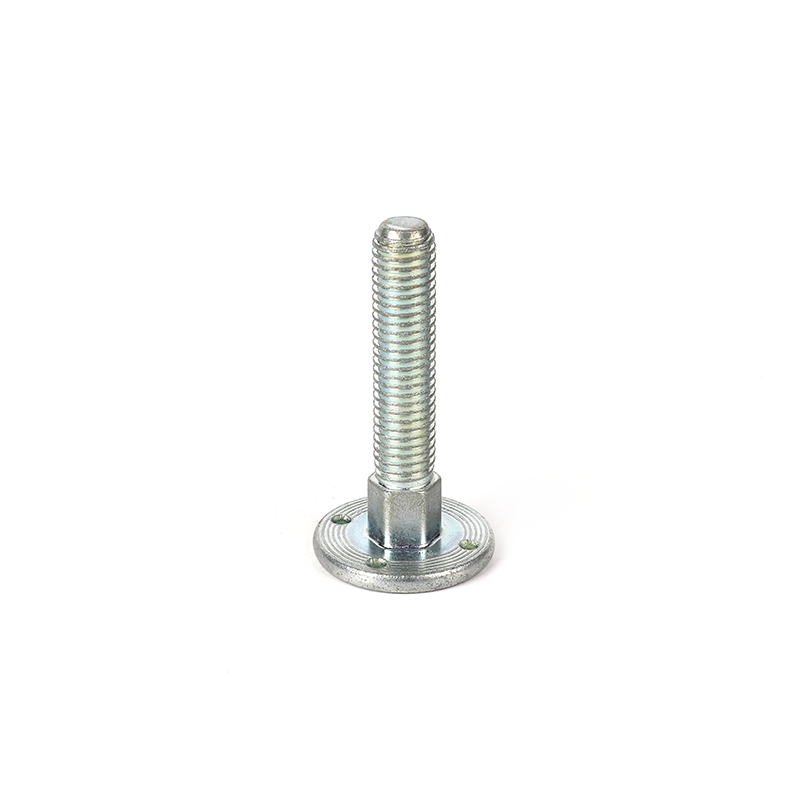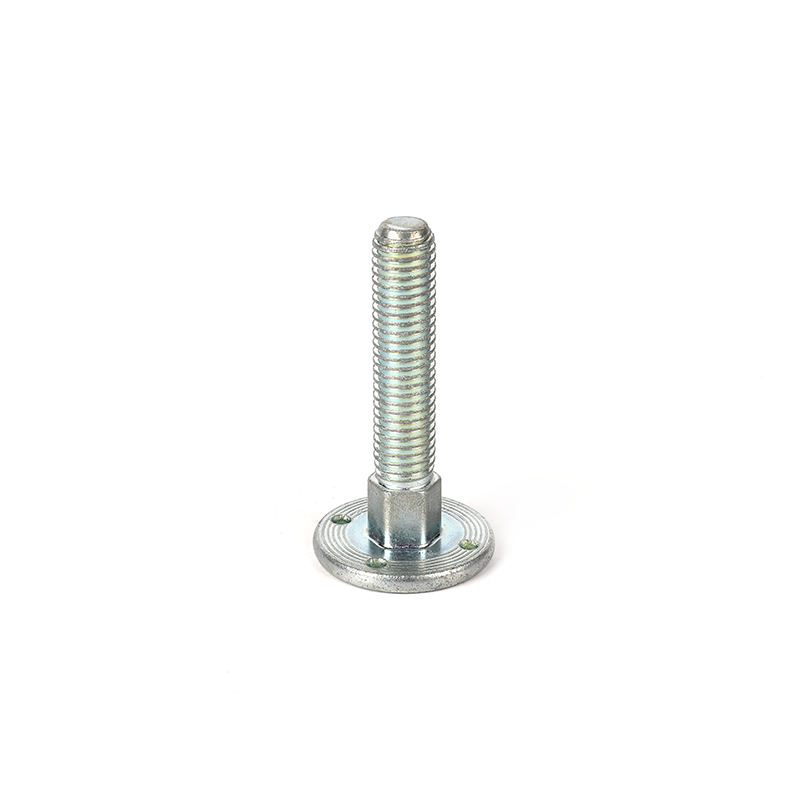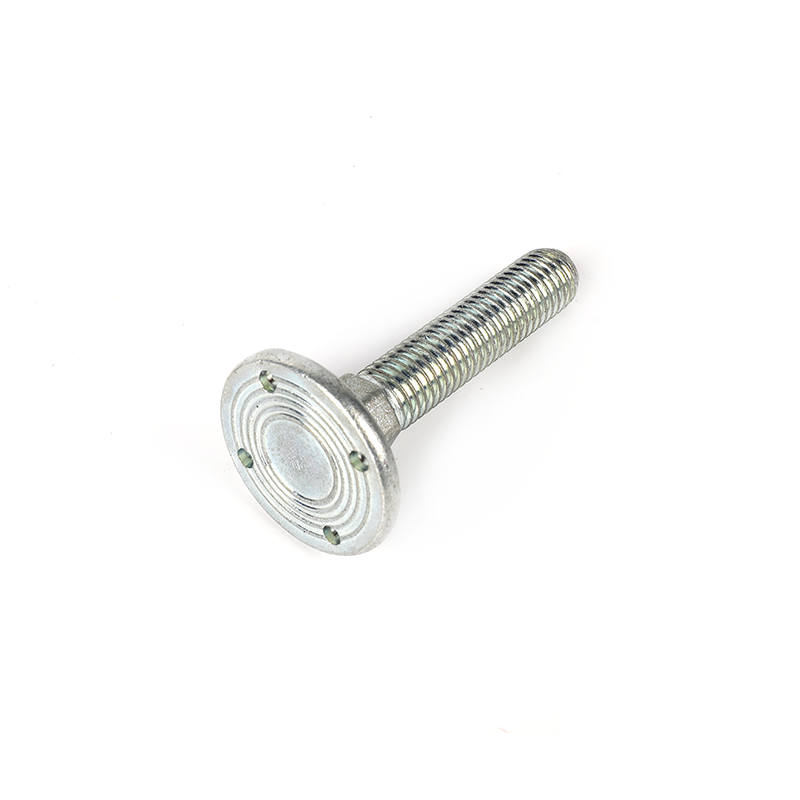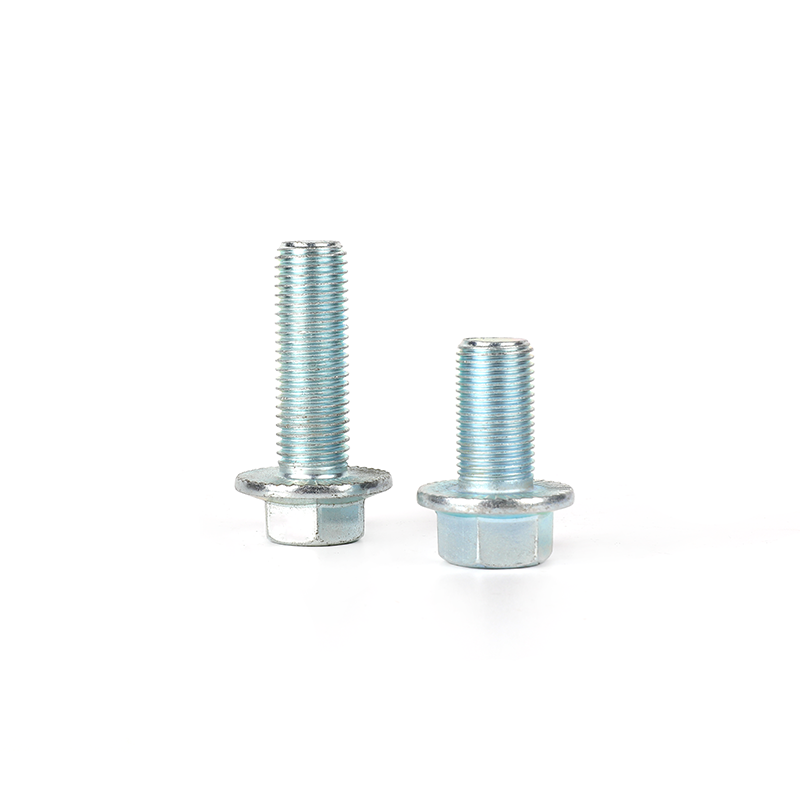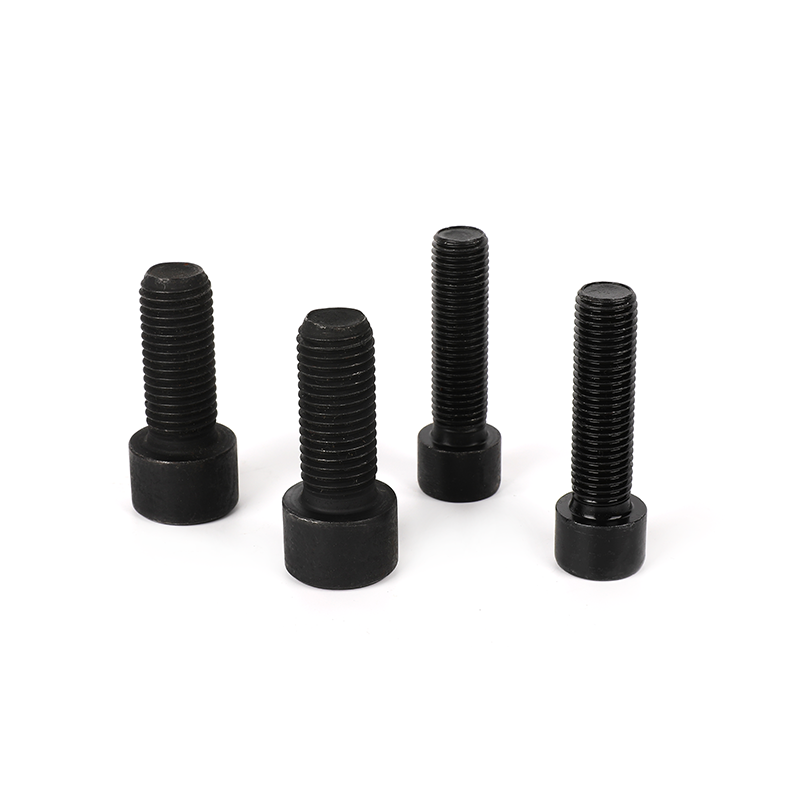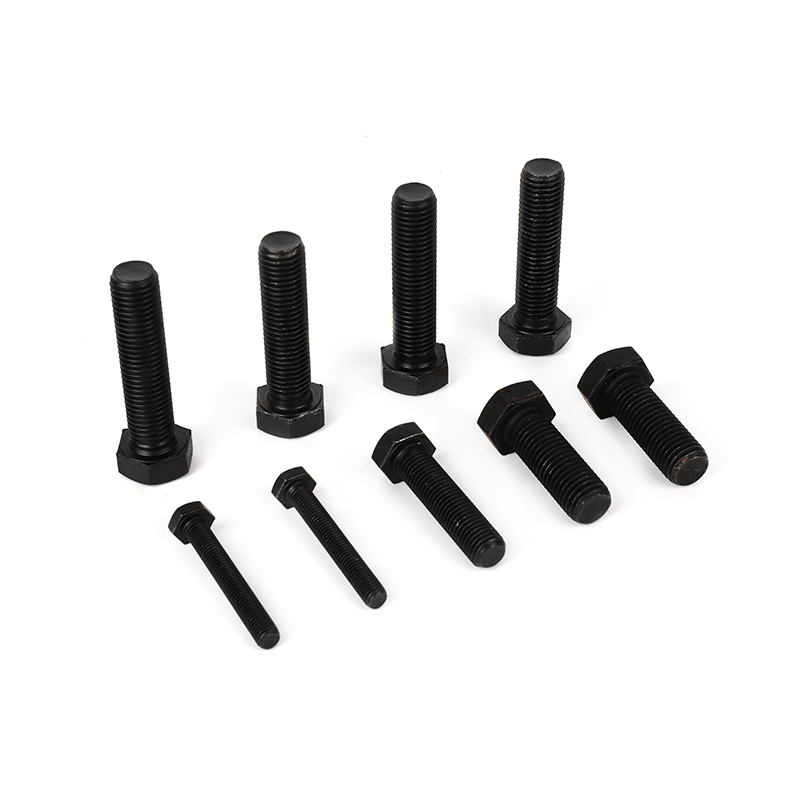What factors were considered when designing the perforated flat head of bright zinc plated perforated flat head hex neck bolts?
The design of the perforated flat head in
bright zinc plated perforated flat head hex neck bolts involves careful consideration of various factors to meet functional, aesthetic, and manufacturing requirements. Here are key factors that are typically taken into account during the design process:
Load Distribution:The flat head design aims to provide a broad and flat surface to evenly distribute applied loads. This helps prevent stress concentrations and ensures that the bolt can effectively transfer loads without causing localized deformation or failure.
Perforation Pattern:The specific perforation pattern in the flat head is designed to balance the need for material removal (for weight reduction) with maintaining sufficient structural integrity. The pattern may be chosen for both functional and aesthetic reasons.
Weight Considerations:Perforations are often incorporated to reduce the overall weight of the bolt without compromising its strength. This is especially relevant in applications where weight is a critical factor or where there are stringent weight limitations.
Torque Transmission:The design of the flat head should allow for effective torque transmission during the installation and tightening process. The head must provide a suitable surface for the application of torque, ensuring proper engagement with tools like wrenches or socket drivers.
Clearance for Tools:The flat head design should allow sufficient clearance for the tools used during installation and removal. This includes considerations for the size and shape of the perforated flat head to accommodate standard tools.
Aesthetics:The visual appearance of the perforated flat head is a factor, especially when bright zinc plating is applied. The design may be chosen for aesthetic appeal or to align with a specific visual theme in applications where appearance matters.
Material Strength:The perforated flat head design should maintain the overall strength and structural integrity of the bolt. The choice of perforation pattern and size should not compromise the bolt's ability to withstand applied loads and meet required performance standards.
Manufacturability:The design should be feasible for manufacturing processes. This includes considerations for machining or forming processes used to create the perforations. The chosen design should be practical and economically viable for mass production.
Application Requirements:The specific requirements of the intended application play a crucial role in the design. Factors such as the type of structure, environmental conditions, and load specifications influence the design choices for the perforated flat head.
Corrosion Resistance:The design should not compromise the effectiveness of the corrosion-resistant coating, such as bright zinc plating. The perforated flat head should be designed to maintain the protective coating integrity, particularly in critical areas prone to corrosion.
Tool Engagement and Torque Transmission:The design should facilitate easy tool engagement, ensuring that torque can be effectively transmitted during installation and removal. This is critical for achieving the required clamping force in the assembled joint.
By carefully considering these factors, engineers and designers can develop a perforated flat head design for bright zinc plated perforated flat head hex neck bolts that meets the necessary performance, manufacturing, and aesthetic criteria for a wide range of applications.

